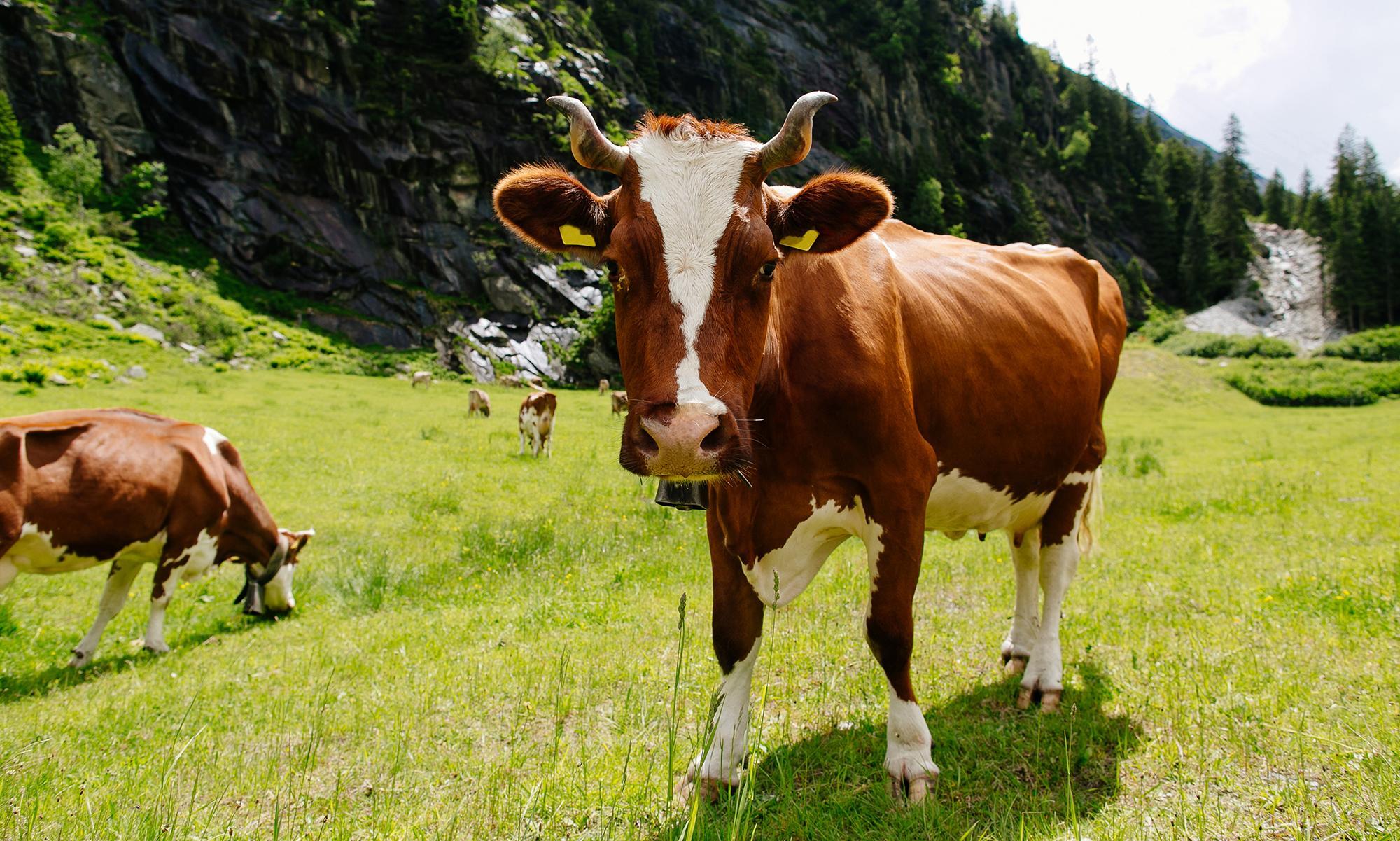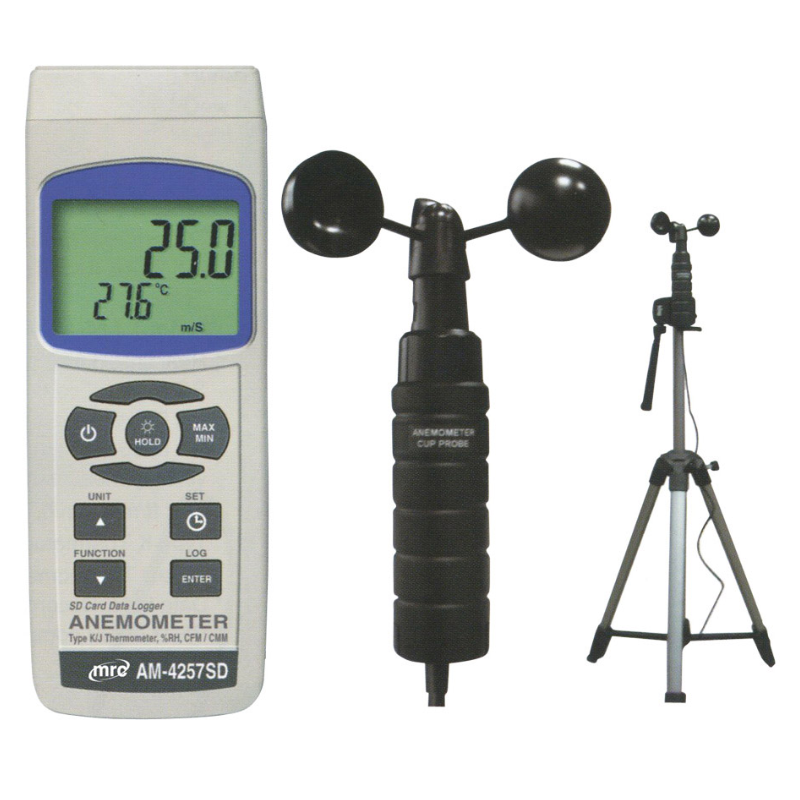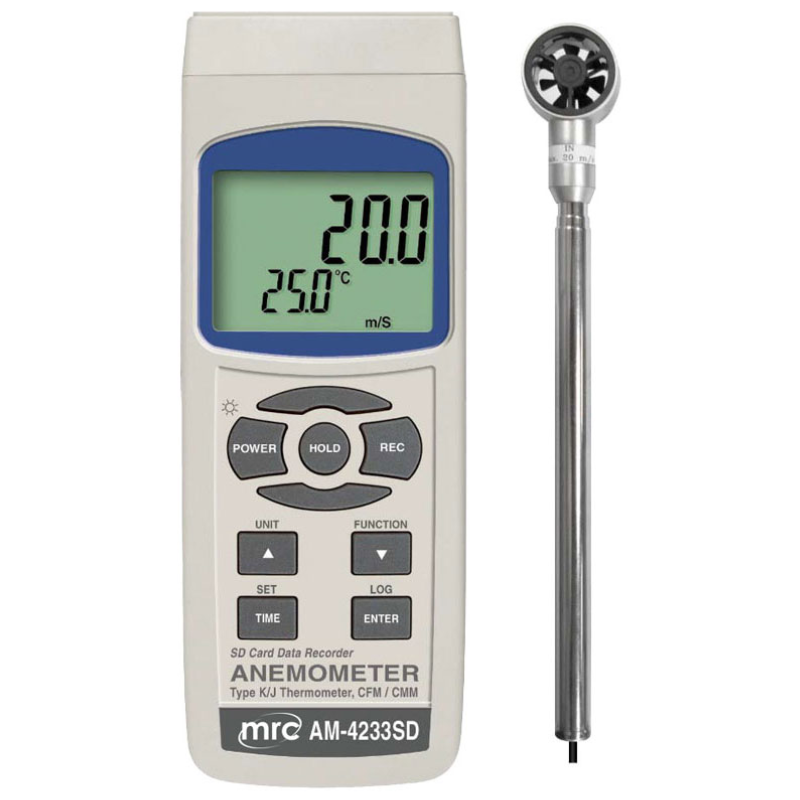The rise of large-scale factory farms in recent years has raised questions about their impact on surrounding areas. What pollutants are they putting into the air?
Researchers from the Earth Institute at Columbia University found that where farm emissions combine with industrial waste and vehicle pollution this leads to the creation of harmful aerosols.
Particulate Matter
The study discovered that industrial emissions release large quantities of nitrogen oxides and sulphates. These compounds combine with chemicals, mainly ammonia gas from livestock waste and fertiliser, to create dangerous fine particulate matter known as PM2.5. Inhaling PM2.5 can lead to respiratory problems, bronchitis, a decline in lung function and organic dust toxic syndrome. In some cases smaller particulates can be absorbed into the blood stream and go on to affect the major organs.
In one experiment, researchers from Texas Tech placed air samplers 10 to 30 metres upwind and downwind from animal farms between the months of October and March. 60% of the downwind samples and 30% on the upwind samples contained tetracycline antibiotics from airborne manure particles.
In recent years the factory farming industry has proposed “good neighbour” policies to reduce the sights, sounds and smells of modern factory farming and to prevent/reduce water pollution. This has been difficult to sustain due to the rising costs of complying with environmental regulation and animal welfare concerns. More farm waste is inevitable.
However, factory farm emissions must combine with industrial pollutants to make hazardous aerosols and particulate matter. Some organisations have argued that the tighter regulations on industrial pollutants are enforced, the more popular clean sources of energy will become. And if fossil fuel emissions are drastically reduced, farm emissions will be starved of the necessary compounds to become dangerous aerosols. If future industrial emissions go down, farm-produced ammonia will float high up in to earth’s troposphere. There, lightning and other natural processes could potentially create fine particulates, but most of these particles would be trapped by raindrops and removed harmlessly.
All this said, vast quantities of animal waste and excess fertilisers wash off industrial fields each year into the surrounding environment, polluting land and water and disrupting ecosystems. And sulphates, a by-product of industrial processes, have been credited with reflecting solar radiation thereby reducing ongoing global warming caused by other fossil-fuel emissions. But, as stated by Susanne Bauer, an atmospheric scientist at Columbia: “It’s all pollution, but in some sense, some of it is good. We must decide: do we want a small cooling effect, or do we want clean air?”.







